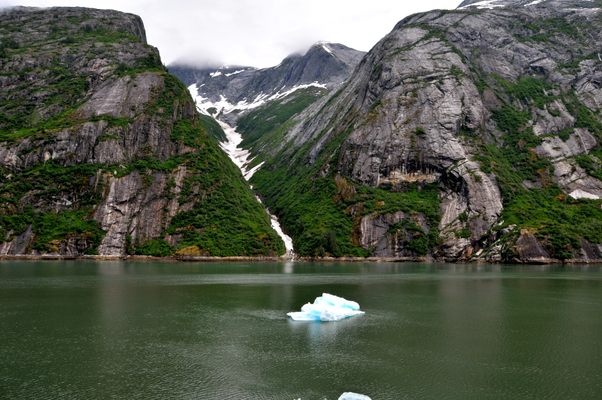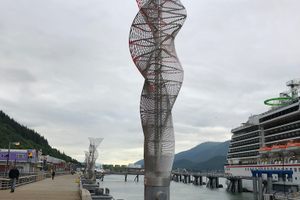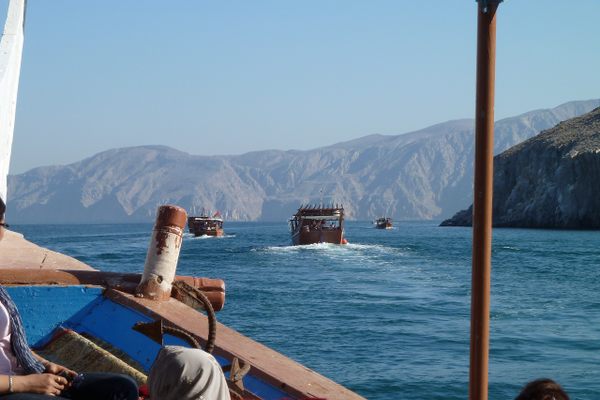About
As you travel up the 30-mile-long Tracy Arm Fjord, you can gawk at the incredible 1,000-foot-tall cliff faces, bright blue icebergs, and all the amazing wildlife that lives in the area.
The fjord is a little bit out of the way–about 50 miles from Juneau—and it's only accessible by boat or plane. Because of its remote location, many tourists miss out on this awesome spot and opt for the more easily accessible Mendenhall Glacier.
At the end of the fjord, you can find two different glaciers, the North Sawyer Glacier and the South Sawyer Glacier. The South Sawyer Glacier can be a little more difficult to get to and is only accessible during specific weather conditions. The North Sawyer Glacier is perfectly accessible throughout the summer.
The face of the North Sawyer Glacier is around half a mile long and easily visible from the water. If you're lucky, you might even get to see the glacier calve! Calving is when massive chunks of ice crumble off the face of the glacier and crash into the water below.
While you're there, be on the lookout for seals lounging on icebergs, and mountain goats up in the cliffs.
Related Tags
Know Before You Go
If you want to see the glacier, you're going to have to go with a guide. There are multiple different tour companies in Juneau that can take you up the fjord and to the glacier via boat or can even fly you there in a small seaplane.
The glacier is typically accessed via Stephens Passage, a waterway that runs between Admiralty Island and the mainland. If you're going on an Alaskan cruise, check to see if a glacier tour is available as an excursion.
If you're looking to spend some more time out in remote Alaska, there's a wilderness lodge on Admiralty Island that offers glacier tours along with some other excursions.
If you want to see the fjord and glaciers you're going to want to visit during the summer. For the best experience, you'll want to plan your trip some time between June and early August. If you come too early the ice will be thick and there's a real chance you might not be able to get all the way to the glacier. If you visit in late August or September you might encounter bad weather and low visibility. June, July, and the first half of August are typically nice and warm with less frequent rain showers making for ideal glacier viewing conditions.
Community Contributors
Added By
Published
May 5, 2023































